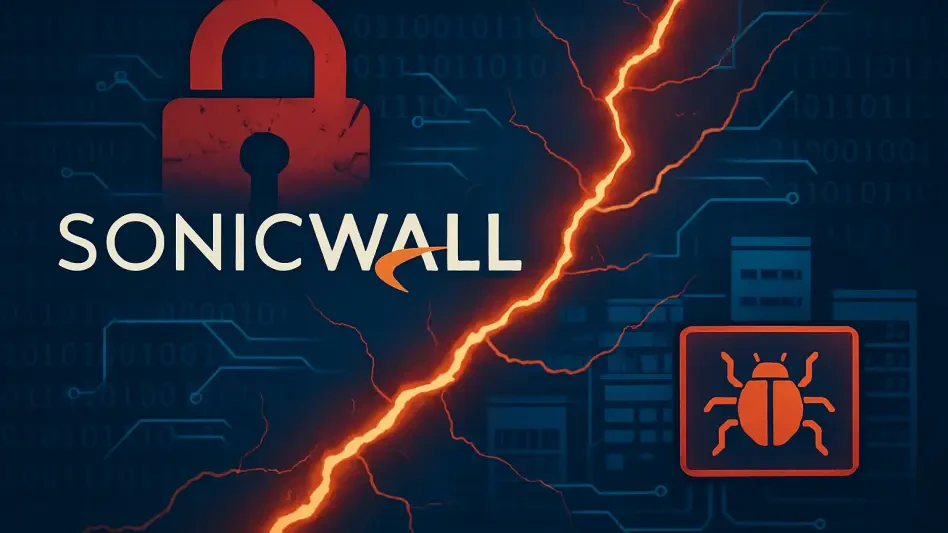In an era where critical infrastructure underpins daily life, the security of operational technology (OT) systems has never been more vital. From power grids to water treatment plants, these systems ensure the smooth functioning of essential services, yet they remain prime targets for cyber threats that can disrupt safety, economies, and national resilience. A recent collaborative effort by national cybersecurity agencies from seven countries, including the Five Eyes nations, has resulted in the release of comprehensive OT security guidance on September 29. This document offers a structured approach for organizations managing OT environments, aiming to fortify defenses against escalating risks. Crafted by leading global authorities, the guidance provides actionable principles to safeguard the systems that keep society running. This article explores the key components of this initiative and how they can help protect critical infrastructure from sophisticated cyberattacks, ensuring operational continuity in an increasingly digital world.
1. Core Principles for Strengthening OT Security
The newly released guidance is built on five fundamental principles designed to enhance the security of OT systems across industries. These principles focus on creating robust frameworks for cybersecurity practitioners, starting with defining processes to establish a definitive record of OT environments. This involves maintaining an up-to-date inventory of all components and systems. Other key areas include setting up an OT information security management program, categorizing assets for risk-based decisions, documenting connectivity within systems, and assessing third-party risks. Each principle is accompanied by detailed, step-by-step actions to ensure practical implementation. By adhering to these guidelines, organizations can build a resilient security posture that addresses both internal vulnerabilities and external threats, ensuring that critical operations remain uninterrupted even in the face of evolving cyber challenges.
Beyond the framework itself, the guidance emphasizes the importance of adaptability in applying these principles to diverse OT environments. Not all systems are identical, and factors such as industry-specific needs, regulatory requirements, and operational constraints must be considered. For instance, a manufacturing plant may prioritize latency issues in connectivity mapping, while a utility provider might focus on redundancy for high availability. The document encourages tailored approaches, urging security teams to align the principles with their unique contexts. This flexibility ensures that the guidance is not a one-size-fits-all solution but a versatile tool that can be customized to protect a wide range of critical systems. Such adaptability is crucial in a landscape where cyber threats continuously evolve, requiring dynamic responses to safeguard essential services and infrastructure from potential disruptions or compromises.
2. Building a Definitive Record for OT Environments
A cornerstone of the new guidance is the creation of a definitive record for OT environments, a comprehensive inventory that captures every element of the system. This record includes devices, controllers, software, and virtualized components, each classified by criticality, exposure, and availability needs. Such classification helps prioritize security measures for the most vulnerable or essential assets. The process also involves mapping connectivity to understand how assets interact within the network and with external systems, noting protocols, latency, and bandwidth constraints. By documenting these details, organizations gain a clear picture of potential weak points, enabling targeted interventions. This meticulous approach ensures that no aspect of the OT environment is overlooked, providing a solid foundation for mitigating risks that could lead to operational failures or safety hazards in critical sectors.
In addition to asset and connectivity mapping, the guidance highlights the need to document system architecture and third-party relationships within the definitive record. This includes outlining zone segmentation, resilience measures like redundancy, and the rationale behind critical design choices. Equally important is assessing supply chain and third-party access, identifying vendors and service providers connected to the OT environment, and evaluating the security controls protecting these links. Furthermore, the business and impact context must be defined, considering the operational, financial, and safety consequences of asset failures or breaches. This holistic documentation equips organizations with the insights needed to make informed decisions, ensuring that security strategies align with both technical and business priorities. Such thoroughness is essential for protecting critical systems where even minor disruptions can have far-reaching consequences.
3. Global Collaboration Behind the Guidance
The development of this OT security guidance marks a significant milestone in international cybersecurity collaboration, involving agencies from seven countries. Key contributors include the UK’s National Cyber Security Centre, the US Cybersecurity and Infrastructure Security Agency, the Australian Signals Directorate, and others from Canada, New Zealand, the Netherlands, and Germany. This diverse group brings a wealth of expertise and perspectives, ensuring that the guidance addresses a broad spectrum of challenges faced by OT systems worldwide. The collaborative effort underscores the shared recognition of OT security as a global priority, especially given the real-world impacts of disruptions to critical services. By uniting under a common framework, these agencies aim to standardize best practices, fostering consistency in how organizations approach the protection of essential infrastructure.
This initiative builds on prior efforts, such as the unified OT security taxonomy signed by six of the seven participating countries just a month before the guidance was released. The taxonomy laid the groundwork for a common language and understanding of OT security, which this latest document expands into actionable strategies. The involvement of multiple nations also highlights the interconnected nature of modern infrastructure, where a breach in one region can ripple across borders. By sharing knowledge and resources, these agencies have created a tool that not only strengthens individual organizations but also enhances collective resilience against cyber threats. This global perspective is vital in an era where adversaries often operate across jurisdictions, necessitating coordinated defenses to protect the systems that societies depend on for stability and safety.
4. Practical Steps for a Safer Future
Reflecting on the rollout of this OT security guidance, it becomes clear that the collaborative efforts of seven national cybersecurity agencies have set a strong precedent for safeguarding critical systems. The focus on actionable principles and detailed documentation proves instrumental in helping organizations address vulnerabilities systematically. Moving forward, the emphasis should be on implementation—ensuring that OT security teams adopt these guidelines and tailor them to their specific environments. Regular updates to the definitive record, continuous risk assessments, and strengthened third-party controls emerge as key takeaways. Additionally, fostering ongoing dialogue among global stakeholders can help refine these strategies over time. As cyber threats evolve, staying proactive with training and technology investments will be crucial to maintain the integrity of vital infrastructure, building on the foundation laid by this landmark initiative.








